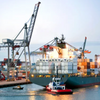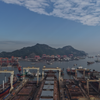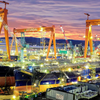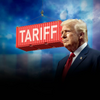EU Maritime Fuel Regulation
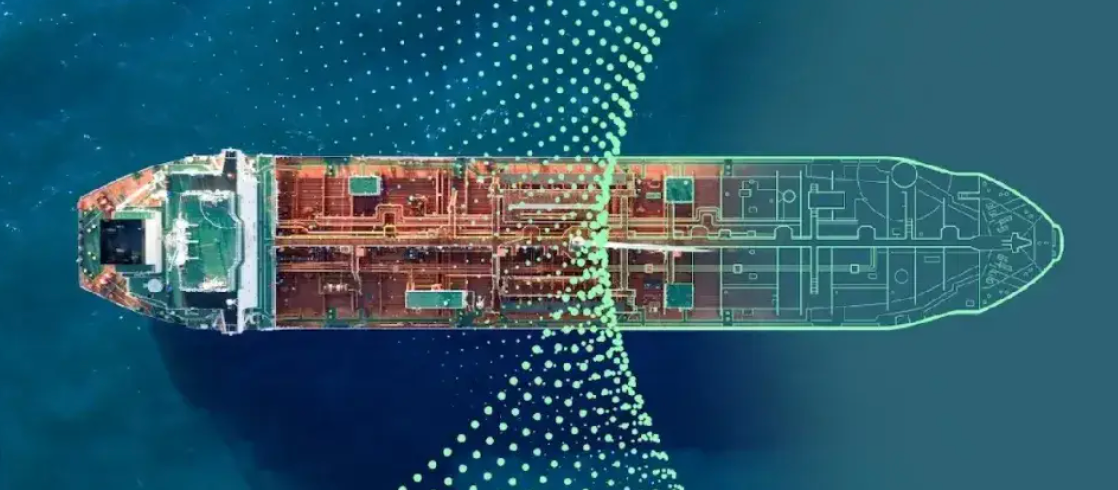
From January 1, 2025, the European Union will raise its greenhouse gas emissions standards.
As part of Europe's broader strategy to reduce its dependence on fossil fuels, the upcoming 《Fuel EU》regulation focuses on fuel choice. Compliance mechanisms will also require the further integration of data and digital technologies into maritime trade.
So what to look for during the final preparations?
In this issue, we review the basics of the European Marine Fuels Regulation and delve into more details of penalty calculations.
Compliance Timeline
This integrated approach incentivizes the adoption of cleaner technologies and fuels throughout the supply chain, ensures overall reductions in greenhouse gas emissions, and encourages fuel producers and suppliers to raise industry standards over time.
---
In general, 《Fuel EU》 will take a phased approach, with increasingly stringent compliance thresholds being applied over the next decade. Here are the key dates to look out for:
August 31, 2024: monitoring plan deadline: companies must submit a monitoring plan for each vessel in their fleet (Article 8)
January 1, 2025: companies must record arrival and departure data for each of their vessels in EU ports. (Article 15)
In particular:
- Port of departure and port of arrival with date and time, including time spent at berth.
- Link to the Onshore Power Supply (OPS) system or application where relevant exceptions apply, detailing fuel consumption at berth and at sea.
- Electricity received via OPS.
- For each fuel used, report its combustion and emission factors from well-to-tank (well-to-tank) and tank-to-wake (tank-to-wake), including all associated GHGs.
- The amount of each alternative energy source consumed at berth and at sea.
- If applicable, provide information on the ice class of the vessel and navigation in ice conditions.
- Emission reduction day calibration light 2%.
January 31, 2026: Deadline for the first annual report.
Ship-specific 《Fuel EU》 reports must be provided to the verifier (Article 15(3)).
January 1, 2030: The next reduction target of 6% comes into force, marking a more stringent reduction requirement.
January 1, 2035: Emission reduction target increases to 14.5% and begins to accelerate until the 2050 target of 80% reduction.
Calculation of penalties
The《Fuel EU》regulation is specific to the type of fuel used on board ships. There are several key differences between the《Fuel EU》regulation and other decarbonization measures.
The first is the unit measurement, which is the equivalent amount of carbon dioxide emissions per unit of energy (gCO2e/MJ). This means that the results are influenced by the share of each fuel in the total energy consumption for the year. In short, if a larger proportion of energy comes from fuels with lower emissions, the results of《Fuel EU》will be positively affected.
The result of the《Fuel EU》annual assessment will be a fine or credit in euros, being the difference between the realized gCO2e/MJ and the nominal target. To calculate the compliance fine, the 9CO2e/MJ compliance difference is multiplied by the total energy used during the year.
Interestingly, this means that the amount of fuel used will affect the magnitude of the penalty or credit. In other words, non-compliant vessels can limit their risk of《Fuel EU》penalties by conserving fuel on EU voyages.





